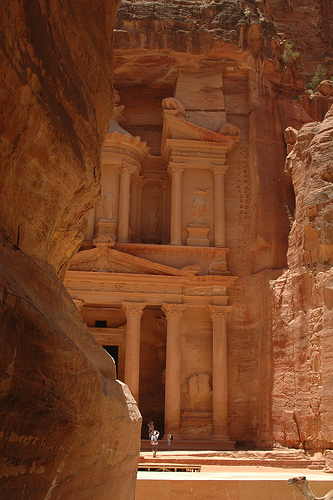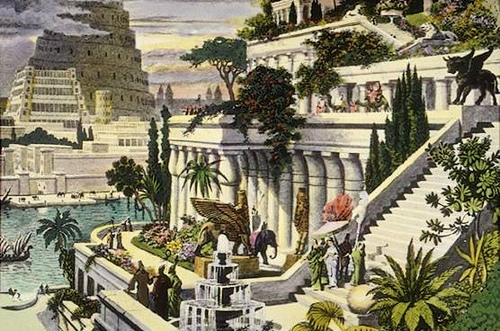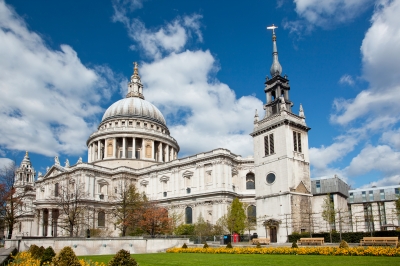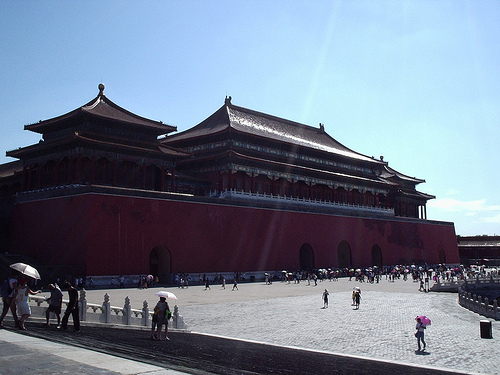
Awe-inspiring, ancient city… Petra
- Petra is an ancient city fortress located in southern Jordan in the Middle East, on the side of the mountain Jebel al-Madhbah, in amongst valleys and hills.
- ‘Petra’ is an Ancient Greek word meaning ‘rock’ or ‘stone’, and is also known as the ‘Rose city’, describing the rock colour that is best seen at sunrises or sunsets.
- Petra was built in an area that was a significant city on the trade route and had a good supply of water all year round from a stream, and the city was well known for its ancient and unique water and farming systems.
- Historically, Nabataean folk populated the city of Petra and made it their capital, and at its most populated, the city accommodated 20,000 people.
- Petra is said to have been established around 600 BC, and was occupied at one stage by the Romans, and later, Arabs.
City front
Image courtesy of Maureen/Flickr
- Petra was struck by an earthquake that weakened the city’s structure near the end of the Roman reign, and afterwards many valuable items were stolen from the numerous city tombs.
- Petra became a UNESCO World Heritage Site in 1985, and gained recognition as one the New 7 Wonders of the World in 2007.
- As well as damage from tourism and earthquakes, Petra suffers from erosion, flooding, structure collapse and the like, which has caused much deterioration of the city.
- The first Western explorer to record the discovery of Petra was from Switzerland, by the name of John Burckhardt, in 1812.
- One of the entrances to the city of Petra, known as Al-Khazneh, the ‘treasury’, has the dimensions of 30 by 43 metres (98 by 141 feet), which looks like the front of a mansion.
Bibliography:
Petra, 2013, Wikipedia, http://en.wikipedia.org/wiki/Petra
Petra, n.d, Jordan, http://www.visitjordan.com/default.aspx?tabid=63

























